Mozambique: First case of mpox diagnosed in Cabo Delgado
Health Ministry requires funds to further eliminate leprosy
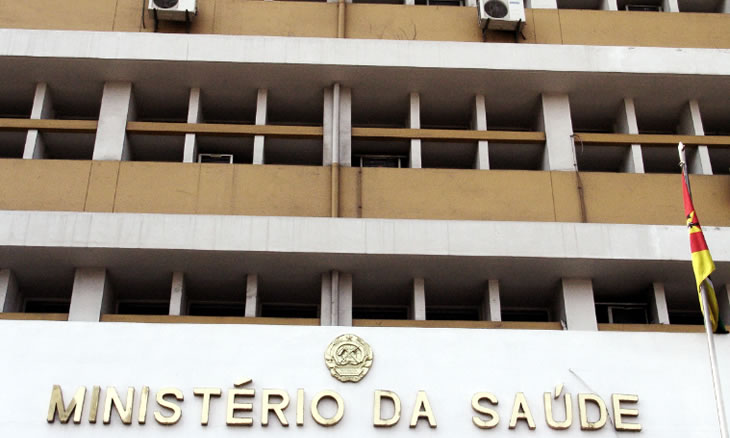
Photo: O País
Mozambique’s Ministry of Health (MISAU) needs about 300,000 US dollars per year to further eradicate leprosy.
Up until the year 2000, Mozambique annually recorded over five thousand new cases of leprosy making it one of the worst affected countries in the world. However, work by the Health Ministry and its partners reduced the incidence to levels where the disease is now considered to be eliminated. This is defined by the World Health Organisation to be where the registered prevalence is less than 1 case per 10,000 population.
Although the disease was declared as no longer constituting a public health problem in Mozambique in 2008, there has been a steady increase in new cases registered.
MISAU’s Francisco Guilengue told the daily newspaper “O Pais” that in 2015 there were 1,335 new cases and leprosy was endemic in 23 districts, mainly in the centre and north of the country. However, last year an increase in the actions undertaken by his ministry led to more people being diagnosed. Thus, whilst the number of new cases in 2016 was 1,681, this increased to 1,926 in 2017. In addition, the number of districts where the disease is endemic rose from 34 to 44.
According to Guilengue, Nampula is the worst affected province, where registered cases have doubled. However, he argues that this increase is due to better community awareness and surveillance.
He told the paper that in the first six months of this year, 951 new cases were registered nationwide, compared with 684 in the same period last year. There were 553 cases registered in Nampula, with 131 reported in Zambezia, and 84 in Cabo Delgado.
The health authorities expect another increase in the official incidence of leprosy with the launching of mini-campaigns in the provinces of Niassa, Tete, Sofala, and Gaza.
MISAU’s actively seeks victims of the disease through working with community activists, volunteers, and self-help groups.
According to the World Health Organisation, “the elimination of leprosy as a public health problem was achieved globally in 2000”. Mozambique reached this level in 2008.
The country has stepped up its efforts to tackle the remaining pockets of leprosy with the aid of 150,000 dollars in financial support from the Nippon Foundation to cover a three-year period.
Dr Guilengue heads the national leprosy programme which is implementing a strategy based on early detection through campaigns in high burden districts, improvements in the health information and surveillance system, better care and follow up through self-help groups, and community-based rehabilitation.
Leprosy is an infectious disease that causes sores on the skin and nerve damage to legs and arms. For many years it was synonymous with stigma, with victims of the disease isolated in leper colonies. However, nowadays it is curable using antibiotics, anti-inflammatory drugs, and other modern medicines.
Diagnosis is simple, and in Mozambique the treatment is free and in almost all cases administered on an out-patient basis.
ALSO READ: Eradicating leprosy in Mozambique, a complicated task




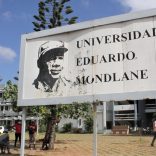

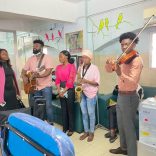

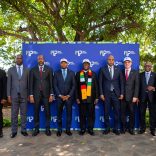
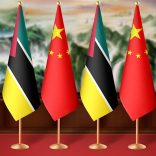


Leave a Reply
Be the First to Comment!
You must be logged in to post a comment.
You must be logged in to post a comment.